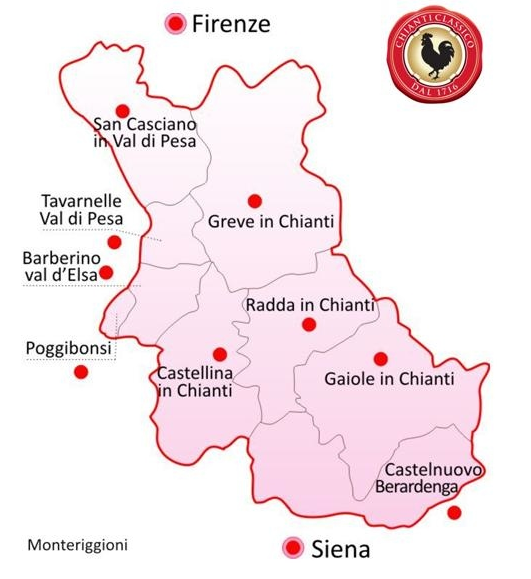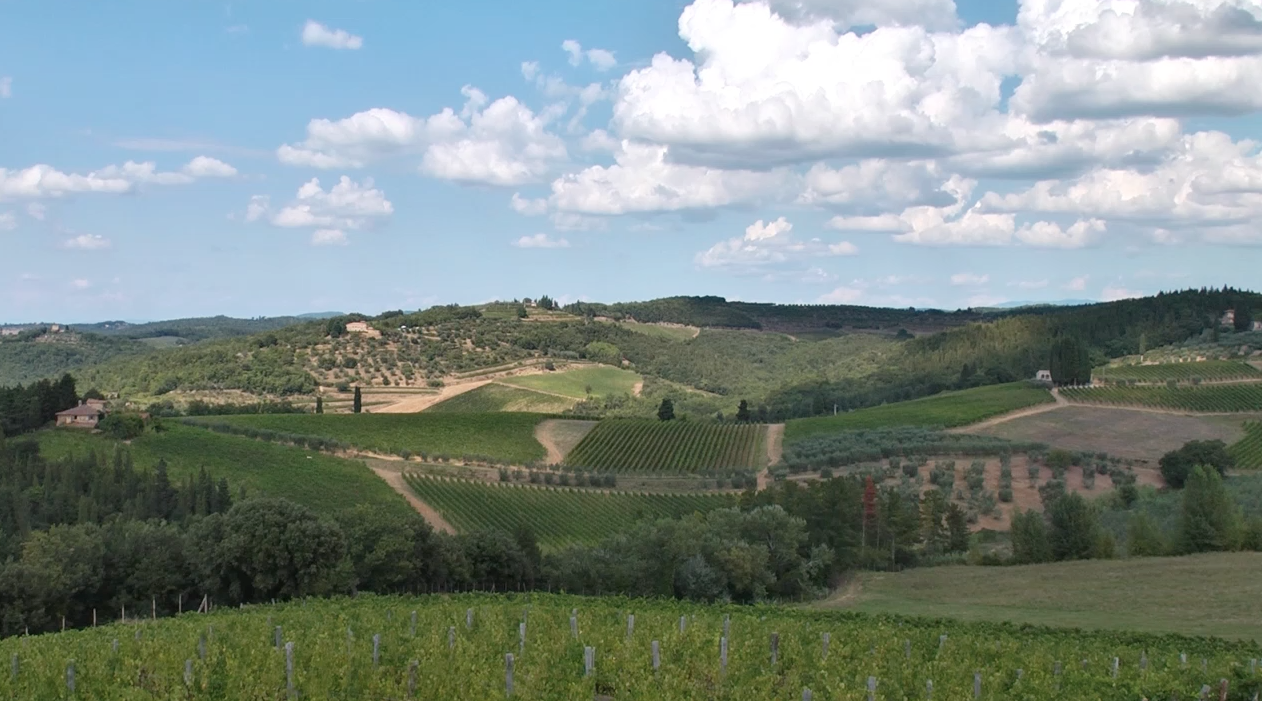Tasting Report: My Top 25 Chianti Classicos In 2013 And How We Should Think About Tuscany's Diverse Region

Chianti Classico is possibly the most underappreciated region in Italy given the excellent wines it makes. A large part of this is due to consumer perceptions in the global market. Many buyers are still not sure what value Chianti Classico has over the generic Chianti. Is it a red with structure and richness like Tuscany's great red, Brunello di Montalcino? Or is it a simple and fruity red that's for daily drinking and costs $10 to $15 a bottle?
This summer I tasted more than 100 Chianti Classicos (including reservas). The regular bottlings were primarily from the 2010 vintage, which is an excellent one for Sangivoese, the base grape of the region. "The 2010 vintage is one of the best in a long time for Sangiovese and Chianti Classico," says consulting enologist Carlo Ferrini who works for a number of the top estates in Chianti Classico such as Castello di Brolio.
The late-harvested 2010 vintage proves the exceptional variety that Chianti Classico should be known for over other areas of Chianti. Chianti Classico is in fact already divided into nine subregions by the Italian government known as communes, and a movement gaining momentum among the region’s wine producers is to use these names as sub-appellations for wine.
I find the idea of further delimiting Chianti Classico appealing. I see noticeable differences in wine from each commune – wines from the commune of Barberino Val d’Elsa for instance tend to age extremely well – and I feel this rich diversity is something unique to the region.

Moreover, it’s clear that many communes are better areas for making top quality wines, and the serious consumer needs to understand the differences within Chianti Classico. My top communes for Chianti Classico are Castelnuovo Berardenga, Castellina in Chianti and Greve in Chianti (which includes Panzano). Gaiole in Chianti, San Casciano in Chianti, and Barberino Val d’Elsa are also excellent.
In fact, when I think about the village concept for Chianti Classico, it reminds me of the hamlets and towns in France's Burgundy - specifically the Cote d'Or. France's most expensive vineyards in the world are all fundamentally differentiated by town and areas. This is part of the key to the wines of the area's success. It should be the same for Chianti Classico.
To understand the important differences between these communes of Chianti Classico, over the next few weeks JamesSuckling.com will be streaming an episode for each of the nine communes. You’ll here all from the mouths of 20 of the region’s top producers, and together we’ll discover what the right way forward could be in communicating what is still unknown to most wine lovers. We’ll post a link to the latest episode below, and of course you can also access them on the homepage.
The first episode covers the commune of Barberino Val d'Elsa and it includes interviews with producers from two top estates in this commune: Isole e Olena and Castello di Monsanto.